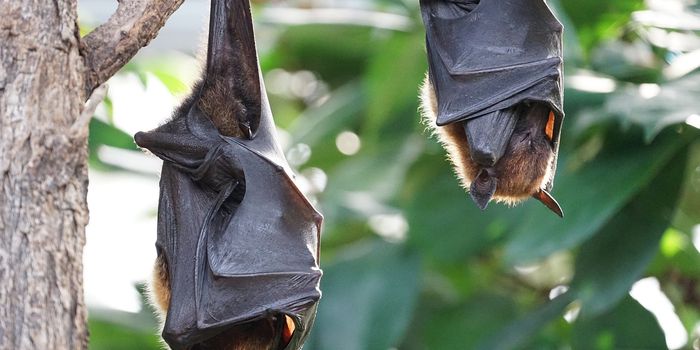Honeybees Social Distance To Limit The Spread of Infectious Diseases
Honeybees are highly social creatures, with some research suggesting that such behavior is embedded into their very genetics. As social creatures, the beehives they inhabit are complex. Different types of bees perform different, yet vital, functions for the hive, including communication, hive building, and grooming.
But bees are also no stranger to infectious pathogens that can threaten the survival of their hive, pathogens that can spread more easily because of the honeybee’s social behaviors. Some pathogens, such as American and European foulbrood, can replicate inside bee larvae. Unchecked spread of these infections can spell doom for the entire beehive. While beehives are often structured in such a way that different types of bees are already segregated from one another (e.g., worker and forager bees occupy the outer edges of the hive, while the queen bee and brood are tucked safely in the middle), it’s not always enough to prevent the spread of an infectious pathogen.
Given the prevalence of pathogens in honeybee hives, honeybees have developed many ways of adapting too and managing the spread of infectious pathogens. One technique is something we should all be familiar with: social distancing.
New research published in Science Advances sheds light on a particularly fascinating bee behavior—knowing when to keep distance from one another and change social behaviors in order to slow or prevent the spread of an infectious disease. Specifically, researchers looked at what changed in bee’s social behavior when the ectoparasite mite Varroa destructo was introduced to the beehive, compared to beehives that were not infected with the parasite.
Researchers found that one particular bee behavior changed, a behavior that has a high risk of transmitting infectious pathogens: foraging dances. These social dances are often used to communicate the locations of effective foraging sites to the rest of the hive. In sum, bees could recognize the presence of a potentially dangerous pathogen in their midsts and reduce certain social activities that put bees in close proximity to each other, helping limit the spread of the pathogen.
“Their ability to adapt their social structure and reduce contact between individuals in response to a disease threat allows them to maximise the benefits of social interactions where possible, and to minimise the risk of infectious disease when needed. Honeybee colonies provide an ideal model for studying social distancing and for fully understanding the value and effectiveness of this behaviour,” said study lead author Dr Michelina Pusceddu.
Sources: Eurkea Alert!; Scientific American; Science Advances








